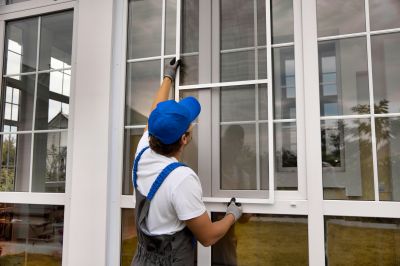Optimal Timing for Windows Installations
Windows installations are a critical part of maintaining optimal computer performance and security. Timing plays a significant role in ensuring a smooth process, minimizing disruptions, and maximizing system efficiency. Understanding the ideal periods for installation can help prevent potential issues and ensure compatibility with other software and hardware updates.
Spring and fall are often considered ideal times for Windows installations due to moderate temperatures and lower system usage, reducing the risk of overheating or interruptions.
Early mornings or late evenings are recommended to avoid peak usage hours, allowing sufficient time for installation and troubleshooting if necessary.
Scheduling installations outside of major software update releases minimizes conflicts and compatibility issues during the process.
Perform installations when the system is fully backed up and free of other ongoing processes to ensure data safety and reduce errors.

Spring offers moderate temperatures and less system activity, ideal for smooth Windows upgrades.

Performing installations during off-peak hours helps avoid disruptions during busy work or personal hours.

Ensuring backups and system checks are completed before installation reduces potential data loss or errors.

Ways to make Windows Installations work in tight or awkward layouts.

Popular materials for Windows Installations and why they hold up over time.

Simple add-ons that improve Windows Installations without blowing the budget.
| Timing Consideration | Recommendation |
|---|---|
| Season | Spring or fall |
| Time of day | Early morning or late evening |
| System readiness | Backup completed and no ongoing processes |
| Update schedule | Outside major update releases |
| Environmental factors | Moderate temperatures and low humidity |
Windows installations involve updating or replacing the operating system to enhance performance, security, and compatibility. Proper timing ensures minimal downtime and reduces the risk of encountering issues such as system crashes or software conflicts. Regularly scheduled installations can improve system longevity and operational efficiency.

Backing up data and closing other applications before installation helps prevent data loss.

Scheduling during periods of low activity reduces the impact on daily tasks.

Verifying system stability and updating drivers ensures optimal performance.

Keeping Windows and software up to date prevents security vulnerabilities.
Timing Windows installations appropriately can significantly impact the success and efficiency of the process. Regular updates and installations during suitable periods help maintain system security, improve performance, and reduce potential disruptions. It is advisable to plan installations during moderate weather conditions and low system demand times.

Ensure backups are complete and system is free of unnecessary processes.

Schedule outside of major update releases to avoid conflicts.

Update drivers and verify system stability after installation.
Interested in scheduling a Windows installation at the optimal time? Filling out the contact form can provide tailored guidance to ensure a seamless update process tailored to specific needs and schedules.





